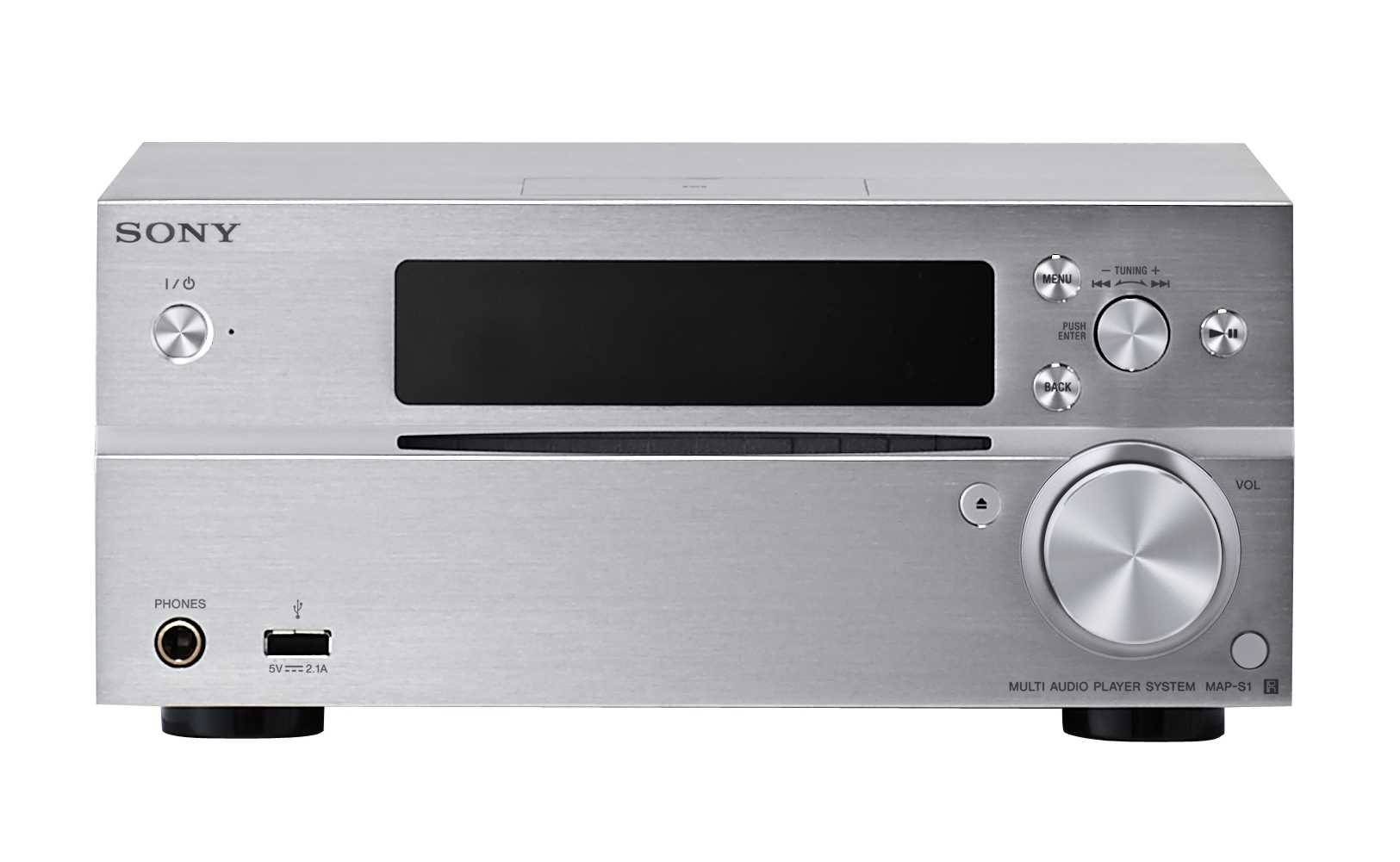Article
HP’s BYOD service protects mobile devices and PCs | PC World

Small businesses now have the ability to manage their smartphones and tablets like their big brethren
From the horse’s mouth
Hewlett-Packard
HP Touchpoint Manager
My Comments
A trend that is coming to reality is the concept of “Bring Your Own Device” where employees are bringing in their own computing devices to use as part of their work. This is working alongside the concept of “mobile-first” computing where business computing is primarily focused around client devices that use mobile operating devices.
But these setups require the use of a management system to protect the integrity and security of the business data. Typically a lot of this software was costly, hard-to-use, and only suitable for large businesses which had an integral IT department.
But HP have answered this problem by releasing a Web-based remote-device-management system that is expressly pitched at small and medium businesses. Here, they focus the pricing on affordability for businesses and organisations with up to 500 staff with starting costs of US$2 per month for a basic setup and US$10 per month for a more advanced system.
This system can work with devices that are based on Windows, iOS or Android operating platforms and don’t yet support Blackberry or Macintosh platforms. The baseline functionality includes a user and devices list and the ability to check on the state of the device’s battery and secondary storage. Pay more and you could benefit from features like finding lost devices, resetting passwords or wiping data remotely on these lost devices. There is functionality like the ability to restrict access to the data if the device is outside a particular location.
Another benefit that HP clawed for in the design of this software is for it to be “radically” easy to use, typically to cater for the small business or organisation where one person effectively is the “chief cook and bottle-washer”. Here, they implement a simplified user interface which is centred around a Web-based dashboard to make it easier to “get at what you want”.
There are some other gaping holes in the functionality like lack of geofencing and data backup but these may be offered later on either as extra functions for different levels of service or as options you can “buy on”. As well, HP even are integrating this service in to their current lineup of business-grade laptops like the Elitebook range. In this particular range, there is the ability for the computers to provide geographic location even if they are turned off.
What I like of this is the way HP has provided an easy-to-manage secure BYOD device management solution that is focused towards the small business or community organisation.

